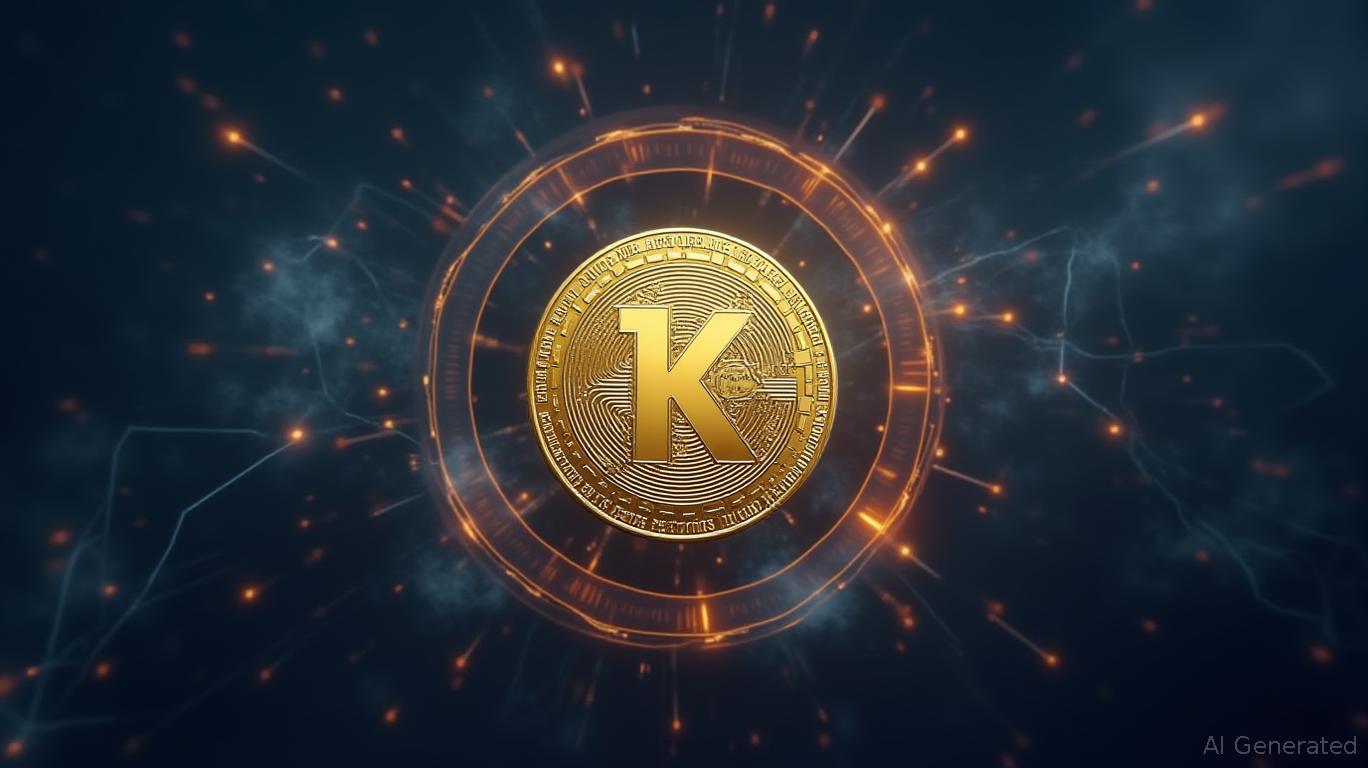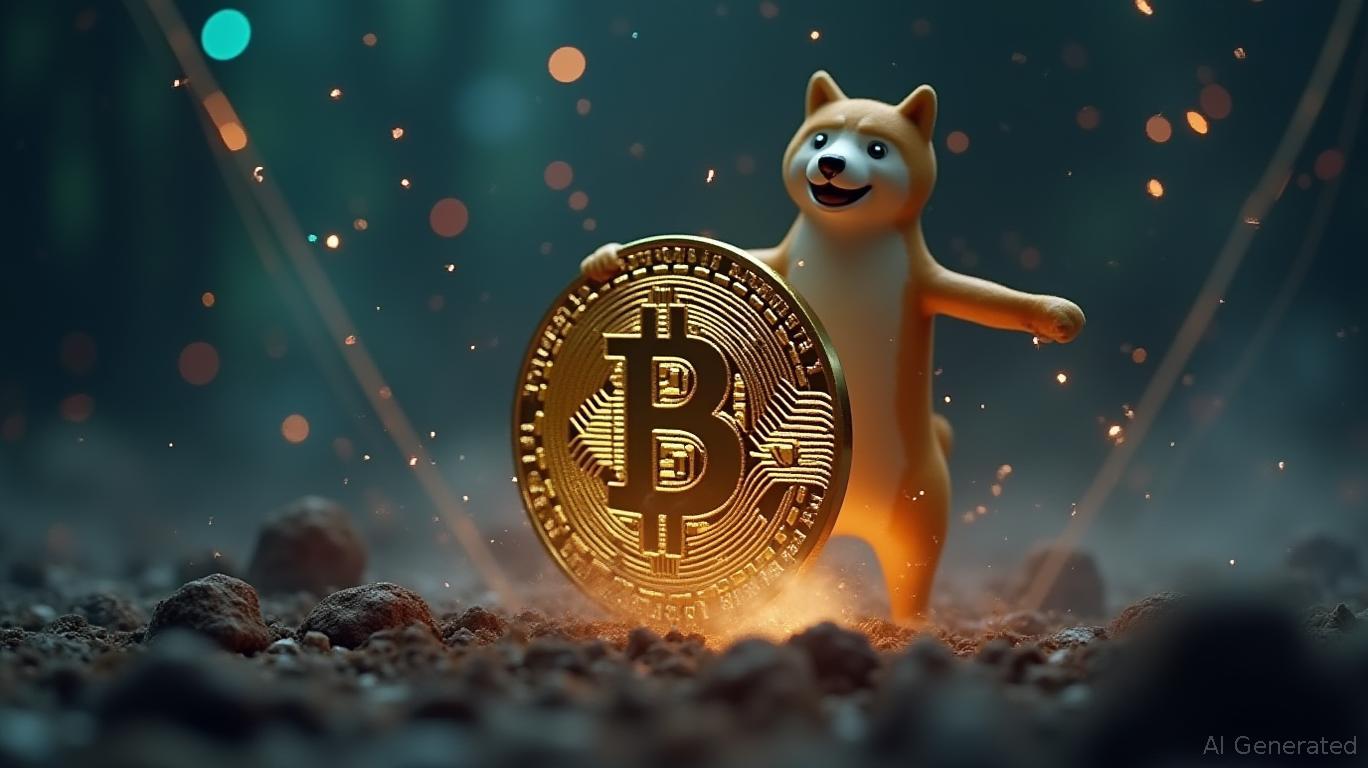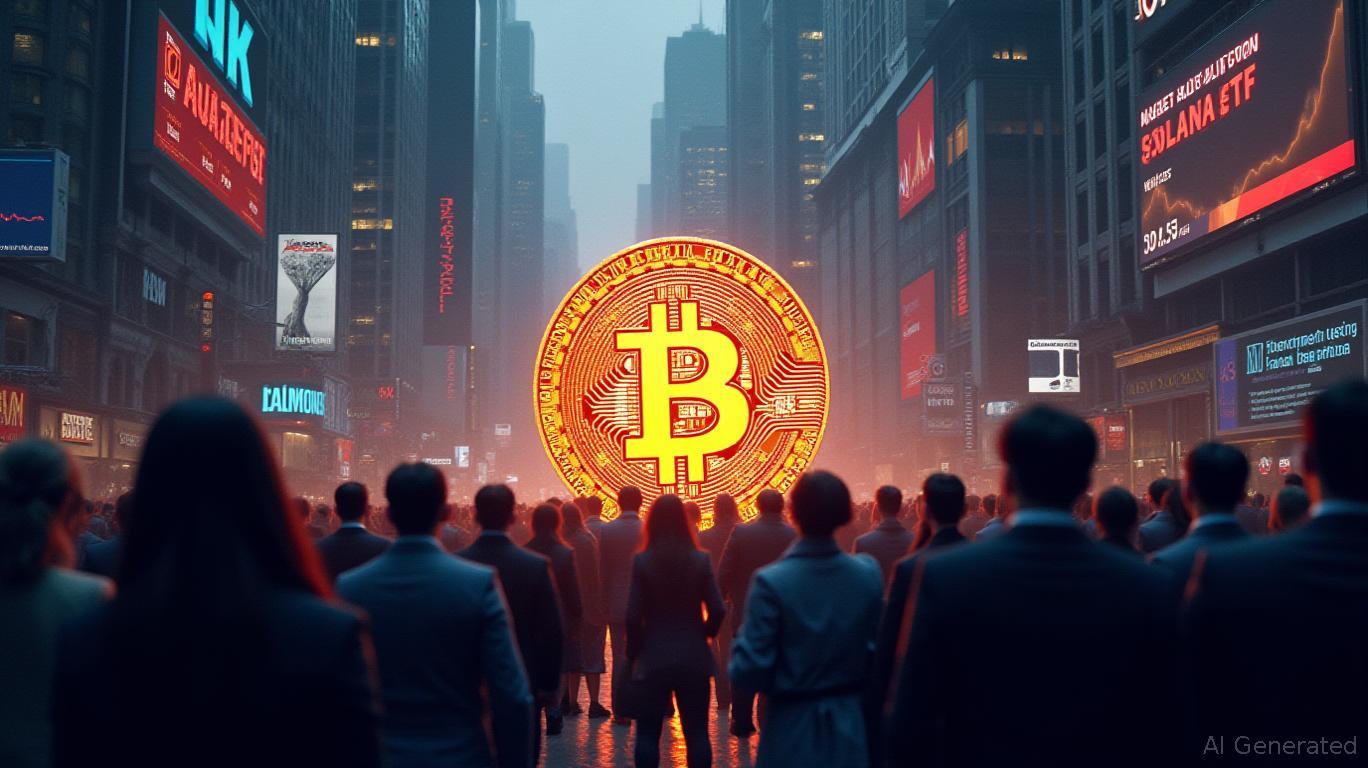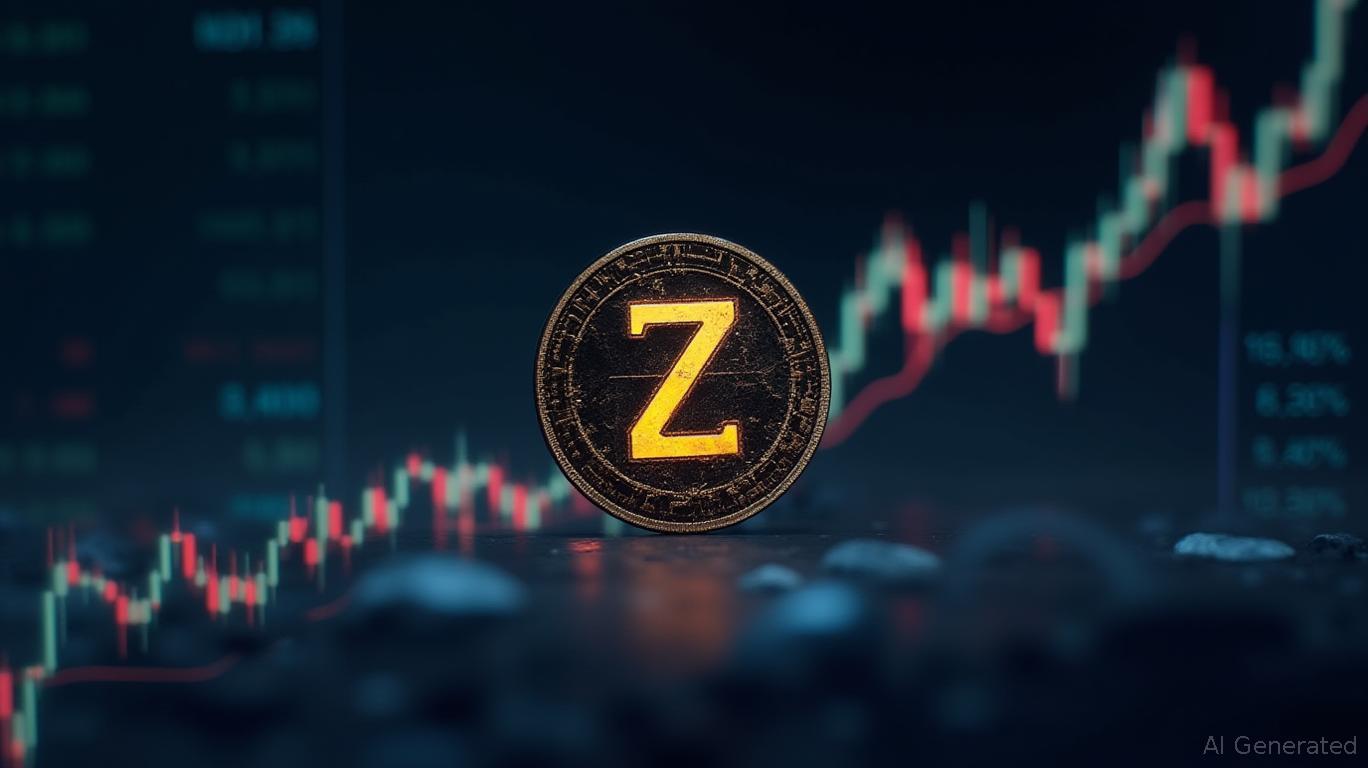Regulatory Concerns Intensify with the Introduction of South Korea's KRW1 Stablecoin into Arc's International Network
- Circle's Arc blockchain, designed as an "economic operating system," offers sub-second finality and USDC-based fees to streamline global finance. - South Korea's BDACS plans to deploy KRW1, a won-pegged stablecoin on Arc's testnet, bridging Korean markets to global stablecoin networks. - Arc's testnet has attracted 100+ institutions including BlackRock and Visa, aiming to redefine cross-border payments and asset tokenization. - Regulatory debates persist as South Korea's Bank of Korea proposes restrictin
Jeremy Allaire, CEO of Circle, has introduced the company's new Arc blockchain as "an economic operating system for the internet." This platform aims to modernize global financial systems by offering stable transaction fees, near-instant settlement, and compatibility with fiat-linked stablecoins. The concept is gaining momentum, with South Korean crypto custodian BDACS revealing plans to launch KRW1, a won-pegged stablecoin, on Arc's testnet. This move represents a notable advancement in bringing Korean financial technology into the worldwide stablecoin landscape, as reported by a
Since its testnet debut on October 28, 2025, Arc has drawn participation from over 100 organizations, including major players like BlackRock, Visa, Goldman Sachs, and State Street. This highlights Arc's potential to transform international payments and capital markets. By utilizing

The KRW1 stablecoin from BDACS, which is fully backed by the South Korean won, is intended to help Korean companies connect with global stablecoin platforms. The Busan-based custodian has entered into a memorandum of understanding (MOU) with
Arc is gaining traction due to its flexibility in serving both regulated and emerging markets. Stablecoin issuers from countries such as Japan, Brazil, Mexico, and the Philippines are already piloting their tokens on Arc, with KRW1 joining these efforts. This supports Allaire's claim that Arc is built to link "every local market to the global economy," a statement backed by its partnerships with leading financial firms and fintech companies, as outlined in the Circle press release.
Nonetheless, regulatory discussions continue. Sangmin Seo, chair of the Kaia DLT Foundation, criticized the Bank of Korea's (BOK) suggestion to limit issuance of won-backed stablecoins to banks, calling the idea "illogical." Seo argued for transparent regulations that apply to all issuers, whether banks or not, to encourage innovation while managing risks, as reported by Coinotag. The BOK maintains that allowing only banks to issue such stablecoins would better address anti-money laundering (AML) concerns under current laws.
Market trends demonstrate Arc's expanding role: stablecoins now have a combined market capitalization of $170 billion, with USDC alone exceeding $72 billion in circulation. Circle's recent collaborations, such as with ClearBank for European stablecoin transactions and Hyperliquid for DeFi integration, further strengthen its network, according to an
Allaire sees Arc eventually becoming a "shared, neutral layer of economic infrastructure" managed by a decentralized network of stakeholders. While Circle currently oversees the platform, the long-term vision is to shift toward community-led governance, keeping Arc open and responsive to global financial demands, as stated in the company's press release.
As the rollout of KRW1 continues, industry observers will be watching how regulations and market forces influence the adoption of stablecoins. For now, Arc's testnet is gaining momentum, supported by institutional involvement and strategic alliances, positioning it as a key force in the evolution of onchain finance.
---
Disclaimer: The content of this article solely reflects the author's opinion and does not represent the platform in any capacity. This article is not intended to serve as a reference for making investment decisions.
You may also like
Dogecoin News Today: Is Dogecoin's $0.18 Level the Key to Unlocking a Surge Toward $0.33?
- Dogecoin (DOGE) hovers near $0.18 support, critical for sustaining its bullish trend toward $0.33, per Gate.io analysts. - A successful hold above $0.18 confirms upward momentum, while a breakdown risks deeper corrections and invalidated patterns. - Broader crypto optimism sees altcoins like SEI and XRP showing bullish signals amid Bitcoin's consolidation phase. - Macro risks including U.S. interest rates and ETF launches could disrupt DOGE's trajectory despite favorable technical indicators.

Solana News Update: Institutional Shift Toward Bitcoin Diminishes Solana ETF Progress
- Solana's price fell to $182 on Oct. 30, its steepest drop since Oct. 10, after Jump Crypto sold $205M in SOL for Bitcoin. - Despite $199M inflows into new U.S. Solana ETFs, Bitcoin ETFs saw $191.6M outflows, showing institutional capital shifting to Bitcoin. - Jump Crypto's 1.1M SOL-to-BTC conversion highlighted a "flight to safety" amid trade negotiations, while Solana's staked value dropped 29.65% in 30 days. - Grayscale's Solana Trust ETF conversion and Hong Kong's approval signaled growing institutio

XRP News Today: XRP's Tactical Ascent: Companies Accumulate Digital Asset as a Safeguard Against Macroeconomic Risks
- XRP adoption surges as corporations build treasuries to hedge macroeconomic risks, led by $500M+ investments from Trident Digital, Webus, and VivoPower. - Evernorth becomes largest XRP treasury holder after $1B merger, listing as XRPN on Nasdaq to institutionalize XRP exposure. - Ripple accelerates XRP integration via $1B GTreasury acquisition and regulatory partnerships, positioning XRP for cross-border payments and DeFi. - Upcoming Swell event will highlight XRP's strategic role in supply chain and ass
XRP Latest Updates: Privacy or Regulation? Zcash Emerges as a Rival to XRP Amid 700% Price Jump
- Electric Coin Co. (ECC) unveiled a Q4 2025 roadmap prioritizing Zcash's privacy upgrades, usability, and secure fund management amid a 700% price surge and 4.5M shielded ZEC. - Zcash's optional privacy model and zk-SNARKs expanded anonymity sets, driving institutional interest and surpassing Monero as the largest privacy coin by market cap. - Key upgrades include ephemeral transparent addresses, P2SH multisig for Keystone wallets, and automated address rotation to reduce transaction linkability risks. -
